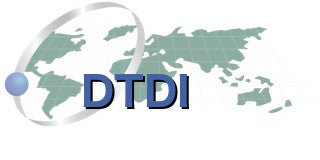Earth’s living and non-living components have co-evolved for 4 billion years through numerous positive and negative feedbacks. Yet our ability to document, model, and explore these complex intertwined changes has been hampered by a lack of data synthesis and integration from many complementary disciplines—mineralogy, petrology, paleobiology, geochronology, proteomics, geochemistry, and more. We will develop, curate, and integrate deep-time data resources to focus on our planet’s dramatically changing near-surface oxidation state—a critical problem that touches on transformative geological and biological events through Earth history. The rise of oxygen exemplifies the co-evolution of rocks and life, and underscores both the tantalizing opportunities and technical challenges of deciphering transient characteristics of Earth’s storied past.
Three aspects of this proposal are unique. First, by adding the dimension of geological time to existing data resources in mineralogy, petrology, Precambrian paleobiology, thermochemistry, and proteomics, we will gain important new insights regarding Earth’s evolving oxidation states of the atmosphere, oceans, and near-surface environments. We will accelerate discovery by employing a variety of statistical methods and visualization tools to mine our new and growing data infrastructure. These discoveries will exemplify aspects of the co-evolution of the geosphere and biosphere that are applicable to modeling today’s changing environment.

